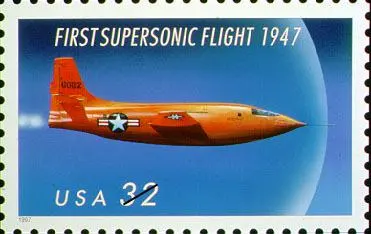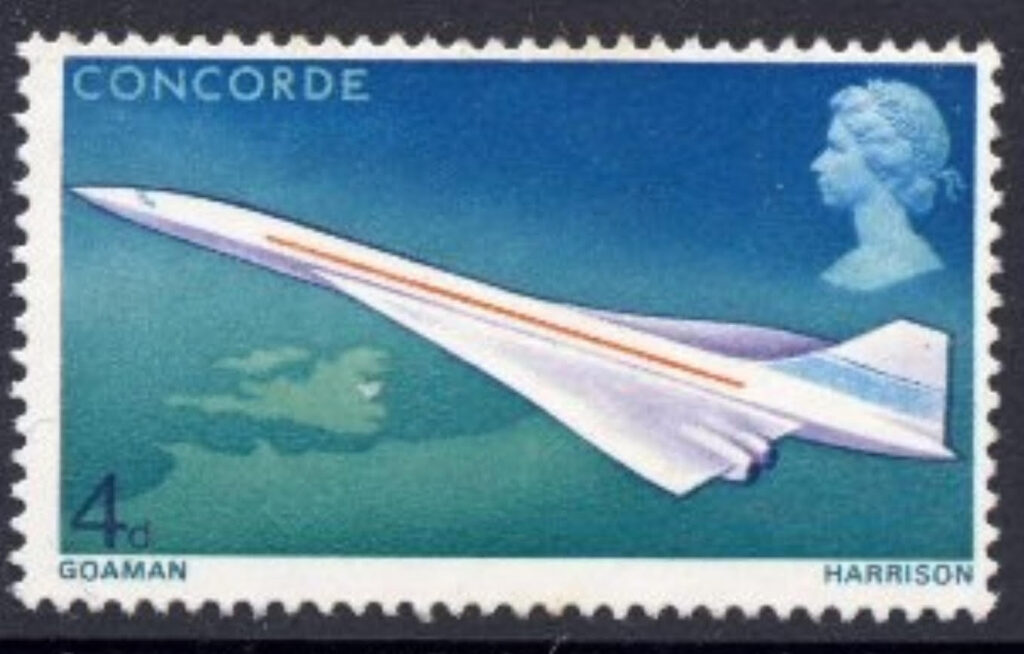Chuck Yeager, a US Air Force test pilot, became the first person to break the sound barrier on October 14, 1947. Here’s a detailed account of his historic flight:
Charles E “Chuck” Yeager was born on February 13, 1923, in Myra, West Virginia. He enlisted in the US Army Air Forces during World War II and became a fighter pilot. Yeager’s exceptional flying skills and bravery (he is credited with shooting down 11.5 enemy aircraft, five of them in one mission) earned him numerous awards and recognition.
After the war, Yeager became a test pilot and flew many types of aircraft. Considering his experience, he was selected to participate in the Bell X-1 project, a joint US Army Air Forces and Bell Aircraft Corporation programme aimed at breaking the sound barrier. The Bell X-1, powered by a rocket engine, was designed to reach supersonic speeds.
On October 14, 1947, Yeager piloted the Bell X-1, which he named “Glamorous Glennis” (after his wife), to a speed of Mach 1.06 (361 metres/second, 1,299 km/h, 807.2 mph) at an altitude of 26,000 feet over the Mojave Desert in California. This achievement marked a significant milestone in aviation history.
Yeager faced numerous challenges and risks during the flight:
- The behaviour of aircraft at supersonic speeds was not yet well understood, and Yeager had to navigate uncharted territory
- The flight imposed extreme physical demands on Yeager, including intense G-forces and vibrations
- The rocket engine and aircraft systems posed technical risks, and Yeager had to be prepared for any eventuality.
Yeager’s achievement had a profound impact on aviation and space exploration. The flight paved the way for the development of supersonic aircraft and space exploration. The data collected during Yeager’s flight helped scientists and engineers better understand supersonic aerodynamics, leading to significant advancements in aircraft design and performance.
After breaking the sound barrier, Yeager continued to serve in the US Air Force, and commanded several fighter squadrons and wings. His three-war active-duty flying career spanned more than 30 years and took him to many parts of the world. In recognition of his achievements, he was promoted to brigadier general in 1969 and inducted into the National Aviation Hall of Fame in 1973, retiring on March 1, 1975, for its colloquial similarity to “Mach 1”.
Yeager is referred to by many as one of the greatest pilots of all time. He flew more than 360 different types of aircraft over a 70-year period, and continued to fly for two decades after retirement as a consultant pilot for the United States Air Force. In 2020 at the age of 97, Yeager died in a Los Angeles-area hospital.
Yeager’s bravery and skill inspired countless pilots, astronauts and engineers, shaping the course of aviation and space history.

A United States postage stamp issued on October 14, 1997 commemorates the 50th anniversary of the first supersonic flight piloted by Chuck Yeager on October 14, 1947. The stamp features the Bell X-1 rocket-powered research plane as it hits Mach 1, the speed of sound. Image courtesy NASA.
Did you know?
Jackie Cochran of USA, one of the most prominent racing pilots of her generation, was the first woman to break the sound barrier, which she did on 18 May 1953, piloting a plane borrowed from the Royal Canadian Air Force, with Yeager accompanying her.
What is the sound barrier?
The sound barrier, also known as the sonic barrier, refers to the phenomenon where an object approaches the speed of sound (approximately 768 mph or 1,235 km/h at sea level). As an object breaks through this barrier, it produces a sonic boom, a sudden release of energy that creates a shockwave. The speed of sound varies depending on altitude, temperature and air pressure.
Approaching the sound barrier poses significant aerodynamic challenges, including increased drag, vibrations, and unpredictable aircraft behaviour. Breaking the sound barrier allows for supersonic flight, which has numerous applications in aviation, space exploration and military operations.
The sound barrier was once considered a significant obstacle, but advancements in aerodynamics and aircraft design have made supersonic flights possible.

The Concorde made its debut as a supersonic aircraft in the 1970s. It was a joint effort between Aérospatiale in France and the British Aircraft Corporation in the United Kingdom, hence the name Concorde. The Concorde could fly at supersonic speeds of Mach 2.04 (approximately 2,180 km per hour) and significantly reduced flight times on transatlantic routes. Although it ceased operations in 2003 due to high operating costs and environmental concerns, the Concorde remains a technical feat and a symbol of the supersonic age.
Image: A British postage stamp issued in 1969 to commemorate the occasion.
